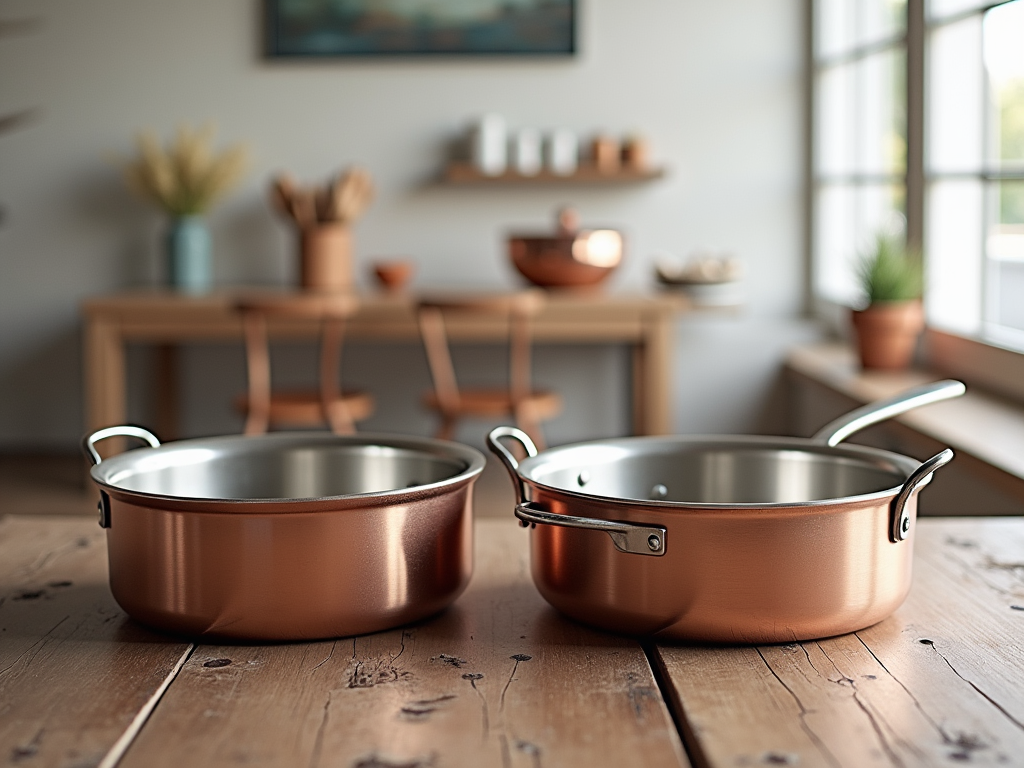Quick facts
Can't find the answer you're looking for? Please get in touch with our friendly team.
What type of pan is best for sauces?
A saucepan is best for making sauces. It has high sides and a wide base, allowing for even heating and easy stirring. Look for one with a thick bottom to prevent burning and a lid to help with simmering when needed.
Category Overview
Introduction
Sauce pans are indispensable cookware in any home, serving as the backbone for a multitude of culinary creations. Whether you're simmering a rich tomato sauce or boiling pasta, the sauce pan enhances daily cooking rituals, bringing comfort and utility to your kitchen. The ability to prepare everything from sauces to soups elevates everyday meals and fosters a warm atmosphere, where shared experiences around food thrive. With their streamlined design and versatility, sauce pans also contribute aesthetically to your kitchen decor.
Functionality
The primary function of a sauce pan is to hold liquids for cooking purposes. Typically featuring a long handle and high sides, they provide an ideal environment for tasks like simmering, boiling, or sautéing. You can use them in various contexts—on the stovetop for quick dinners or even in the oven for one-pot meals. Many modern sauce pans come with unique features such as steam vents and lids that double as strainers, adding to their convenience.
Design & Style
Sauce pans are available in various styles and materials, including stainless steel, non-stick coatings, cast iron, and copper. Common designs range from sleek modern finishes to rustic charm. Popular styles include minimalist options that fit seamlessly into contemporary kitchens or classic enameled cast iron for a more traditional vibe. Personalization is easy; some brands offer customizable handle colors and lids to match your kitchen’s theme—be it farmhouse chic or urban loft.
Practical Considerations
When selecting the right sauce pan for your kitchen, consider factors such as size (ranging from small 1-quart options perfect for sauces to larger 4-quart models), material durability (stainless steel vs. non-stick), and your specific cooking needs (heavy-duty vs. decorative). It's vital to avoid common mistakes such as purchasing overly large pots if space is limited or overlooking care instructions that could lead to premature wear.
Comparison and Alternatives
Different materials offer distinct pros and cons: stainless steel provides durability but might require more oil when cooking; non-stick surfaces allow easy cleanup but may not withstand high heat as well as cast iron does. Round sauce pans are perfect for whisking sauces while rectangular versions can be useful in batch cooking scenarios. When choosing your design, take into account both room size and decorative preference—an oversized pot might dominate a small space.
Trends and Popular Items
Current trends highlight the rise of eco-friendly materials like ceramic-coated cookware alongside classic stainless steel options boasting modern aesthetics. Many customers favor versatile multi-functional sauce pans that feature induction compatibility and ergonomic designs suited for ease of handling during meal prep. In summary, sauce pans are not just functional tools; they play a vital role in enhancing your culinary experience while complementing your kitchen's aesthetic appeal!


